If you haven’t seen the Salem television series on WGN it’s worth checking out. It eagerly scoops up Christian mythologies of the Witch as the consort of Satan, a frequent trope in horror films, and uses this as the major element in a reframing of the events surrounding the Salem Witch Trials of 1692. Given these aspects of the series it is worth considering how various segments of American culture have reacted to the popular program.
First let’s consider a conservative response. In a piece at The Blaze, Dan Gainor sees the series as part of a larger cultural attack on Christians. He laments:
The first episode of this occult rewrite of history featured sex, devil worship, and a satanic abortion. The Christians in good ol’ Salem are anything but. The town’s first guide in faith hangs people he thinks are witches and brands fornicators before becoming bewitched himself. The next one kills a man under a pile of stones – when he’s not seen in a graphic sex scene with what appears to be a prostitute.
All of that fun was delivered into your home … on Easter Sunday.
No, of course that wasn’t an accident. Few things in TV programming are accidental. Network execs study, analyze, test market, and focus group everything. WGN was trying to create controversy by bashing Christians on the holiest of days.
In Gainor’s view, Salem is one of several expressions of “post-Christian America.”
The Pagan community, which includes contemporary Wiccans or Witches, has reacted to Salem as well. How do they react to a Christian stereotype they have fought so long to counteract, and in connection with an unfortunate aspect of America’s religious history?
In an essay in The Wild Hunt, Crystal Blanton introduces the subject by stating:
Much like with the American Horror Story franchise, Salem is a fantasy horror show that capitalizes on the fears of its audience. These fears are that witchcraft is about pacts with the devil, animal sacrifice and being decorated with blood in the woods. They are based on old-fashioned bigotry and rekindle a lot of misconceptions of those on the Pagan path. Concerns of modern-day witch hunts and fears around the identification of practitioners continues to expand among modern day Witches.
Blanton then goes on to cite various Pagan sources which document a variety of responses to the series, from those who fear the program may fuel stereotypes and witch hunts to those who see the program as pure entertainment.
Surprisingly, my Google search for Evangelical Christian reaction to Salem turned up nothing. The Gainor piece cited above came up in that search, but I can’t verify whether he is an Evangelical. The lack of reaction among Evangelicals to a series that purposefully draws upon Christian mythology related to the Witch and demonology is surprising, especially in light of how this community opposed the Harry Potter phenomenon.
For my own perspective, I must disagree with Gainor as I watch the program and consider my Christian faith in the process. This program reminds us that there is much to be ashamed of in Christianity’s past and present. The Salem Witch Trials were an awful time that ended with the scapegoating and murder of many individuals out of religious fears fueled by hysteria, suspicion, and paranoia. Similar things have happened from time to time with various “satanic panics,” and this happens in the present when Christians perpetuate stereotypes of Pagans and Wiccans, and in places like South Africa with Witch-Hunts. Christians and conservatives may not like what they see in the depiction of hypocritical and abusive Christians, but if we can step back and be self-critical programs like this provide helpful forums for reflection.
But regardless of the reactions to Salem by differing segments of popular culture, the series adds to the many horror programs currently on television, leading some to wonder whether we are witnessing a golden age in this area.
 Animism Abroad: The Reception of Japanese Religious Themes by American and German Audiences by Eriko Ogihara-Schuck (McFarland, 2014)
Animism Abroad: The Reception of Japanese Religious Themes by American and German Audiences by Eriko Ogihara-Schuck (McFarland, 2014)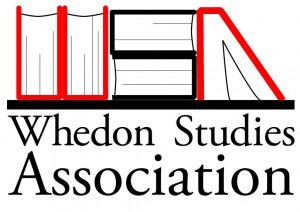
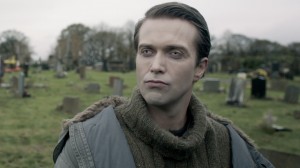

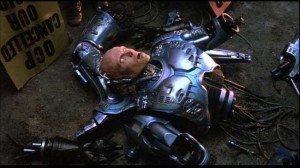
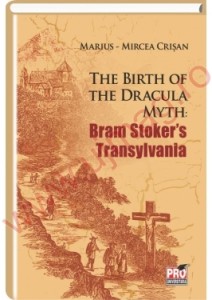
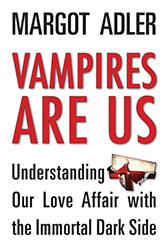





Tablet: “What Science Fiction Tried To Teach Us About Jihad, and Why No One Listened”
In the piece by Liel Liebovitz introduces the subject matter with reference to a documentary film. In his view Herbert’s novel was turned into something far less powerful in terms of social commentary than it could have been. He writes:
Later in the essay Liebovtiz describes how Jodorowsky changed Herbert’s Dune into something more in keeping with the spirit of the age of the 1960s than the original vision of the author:
Read Liebovitz’s piece here. And learn more about Jodorowsky’s Dune documentary here. The trailer is below.